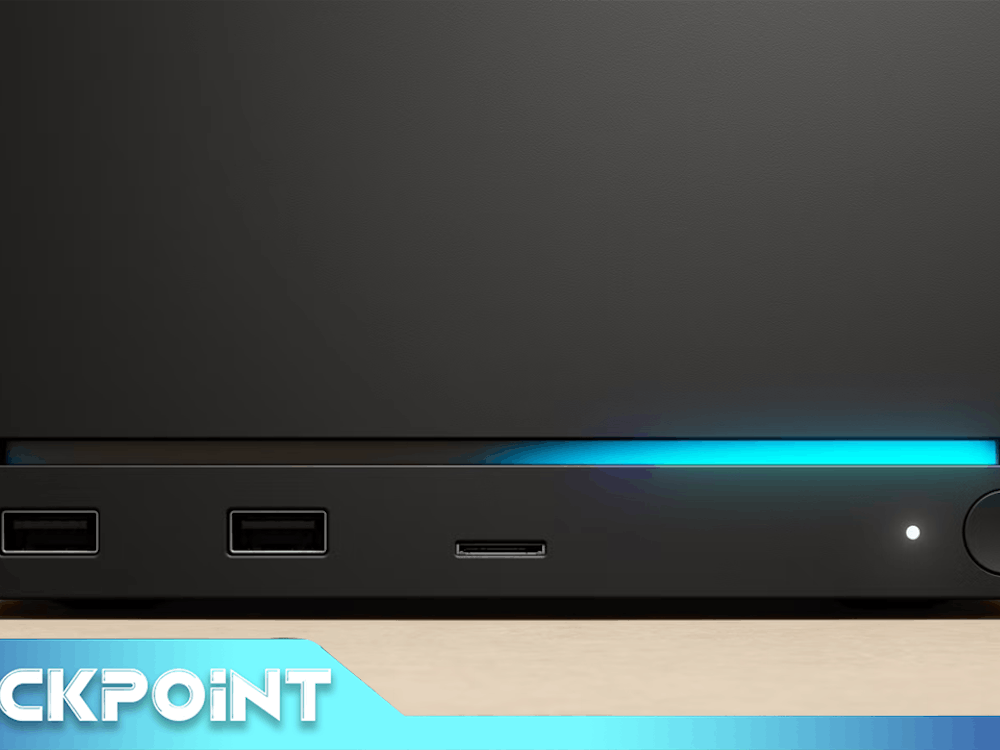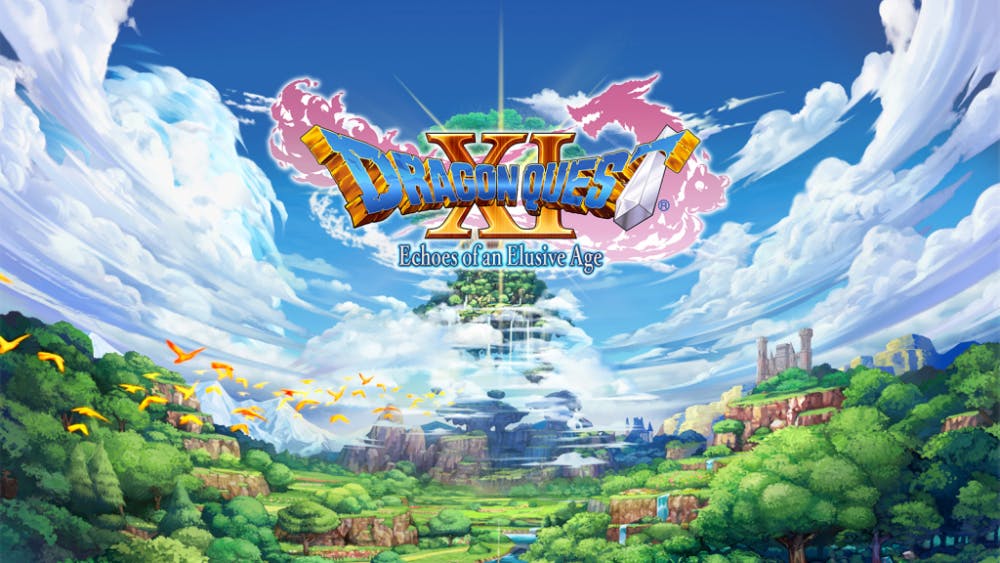Disclaimer: This review is based off of the PS4 version of the game.
Dragon Quest (or Dragon Warrior in North America) for the Famicom/NES set many of the standards for the Japanese Role-Playing Game (JRPG) genre upon its release in 1986. It featured a mute protagonist, representing the player, random encounters with monsters, and turn-based combat. There have arguably been three major innovations within the history of the series since then. The first was the inclusion of multiple party members, the second was upgrading to 3D graphics, and the third was being able to see enemies in the overworld rather than encountering enemies randomly while traveling. Dragon Quest XI does little, if anything, to switch up the already established formula. For longtime Dragon Quest fans, this is expected and welcome. However, for those who may have tried a previous Dragon Quest (or another traditional turn-based JRPG) and did not care for it, little in XI will convince you. Despite its simplicity, Dragon Quest XI offers a quality, though familiar, JRPG experience.
Classic JRPG gameplay

Image from Steam
As mentioned above, Dragon Quest XI is a purely traditional experience. Though there are seven total characters, each with unique abilities that the player can control in combat, only four can actively participate in any given battle. This forces the player to experiment with party make-up. For instance, if one were to battle a particular boss and lose, instead of grinding, perhaps switching up the characters which are participating in combat could turn the tide in one’s favor.
One mechanic that Dragon Quest XI introduces in combat are “Pep Powers”. “Pep Powers” are special abilities that certain party members can use in conjunction with others when “pepped up” specific combinations of characters perform specific “Pep Powers,” promoting even further experimentation with party make-up. These “Pep Powers” can unleash powerful attacks, give party various status buffs, and other very useful effects. Fortunately, the animations for these abilities go by quickly and do not eat up much time for the sake of an epic visual. Similarly to Final Fantasy X, Dragon Quest XI also contains a character building system that affects the type of abilities that characters learn and how their stats grow.
Overall, the turn-based combat system is good. It is fast paced, for a JRPG, and character animations really make it feel like something is happening besides the player imputing commands from a text window and watching the battle play out from there.
The other important part of the Dragon Quest formula is exploration. Though Dragon Quest XI is a largely linear experience, there is reason to explore every nook and cranny of the over-world, towns, and dungeons. Not only are there hidden treasure chests all over the place, there are also shiny spots that contain crafting materials which can be used to make powerful weapons and armor by using the Fun-Size Forge. This crafting system promotes exploring the entirety of the very large, very interesting world.
A sweetly simple story

Image from Steam
The plot of Dragon Quest XI, like the gameplay, is simple yet effective. In a medieval-inspired world a young hero (in this game he is the reincarnation of the legendary hero, the Luminary) must travel around to various locations, recruit more members to his party, generally act heroically, and eventually defeat a great Dark Lord that threatens life on a massive scale. Despite the simple plot, there are many intriguing and heartfelt character moments that really add depth to the admittedly uncomplicated tale.
Speaking of which, the characters really are quite endearing. Each of the main party members has a distinct personality and believable character motivations, with the exception of the protagonist. This is a bit off-putting even if he is supposed to represent the player. However, the people around the protagonist more than make up for his shortcomings in personality.
Visual excellence with iffy sound design
The pomp and circumstance of Dragon Quest XI is the best it has ever been. The look of the game is incredibly unique, which of course is due to all of the character and monster designs being done by manga superstar and creator of Dragon Ball, Akira Toriyama. His distinct style has given the franchise its visual identity since the very first Dragon Quest, making the adventure more light-hearted and whimsical. The HD graphics only serve to add to the youthful charm of the game.

Image from Steam
However, what praise can be given in regards to the visuals cannot be said of the music. What is there is of great quality, but it is just too bad that there is not much variety. Expect to be humming along to the same tunes over and over and over again. However that is not the biggest sin that Dragon Quest XI commits. The music from the overworld will play during minor cutscenes, which is incredibly distracting and will occasionally drown out the voice acting. Fortunately, there are text boxes so the player can read along even if the voices are drowned out.
The voice acting in Dragon Quest XI is largely mediocre or in some cases, bad. Some of it is great, specifically in the cases of the party members Erik, Veronica, Serena, and Rab, whose voices match their characters incredibly well. Some of it is non-intrusive, like another party member, Jade. However a lot of it is bad. What really makes the voice acting truly horrible in some instances is the choice for many characters to have European (French, Italian, Spanish, etc.) accents. In theory, this would add to the immersion of the game; It would really feel like one is traveling the world and meeting many diverse peoples. In practice however, it is immersion-breaking and only succeeds in taking the characters out of the game. This is most apparent with voiced NPC’s, though the party member Sylvando is also guilty of this.
A few minor complaints
The loading times between map areas and cutscenes can be a bit excessive. Another source of frustration is that when traveling by boat, the transition between overworld navigation and the battle screen is choppy. Oftentimes, the screen will go black, the music will start playing and the player is stuck looking at a blank screen for several seconds. The frame rate is usually smooth, though drops can be expected from time to time.

Featured image from Playstation
For more entertainment related content, visit us at Bytebsu!



















